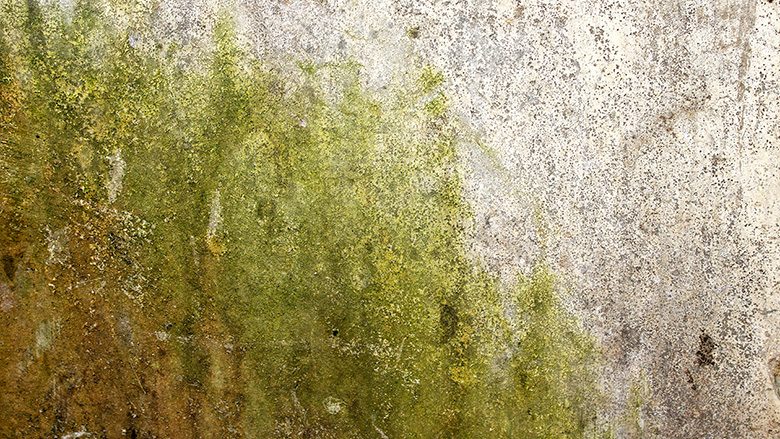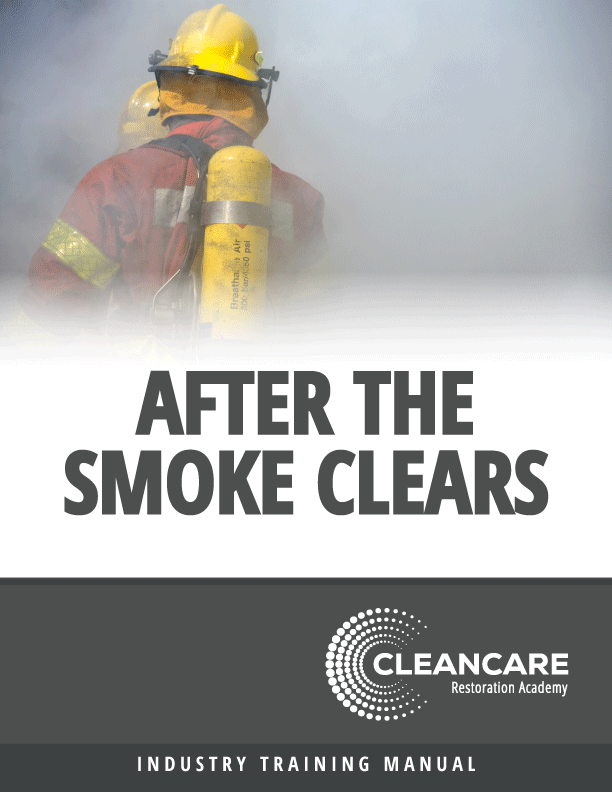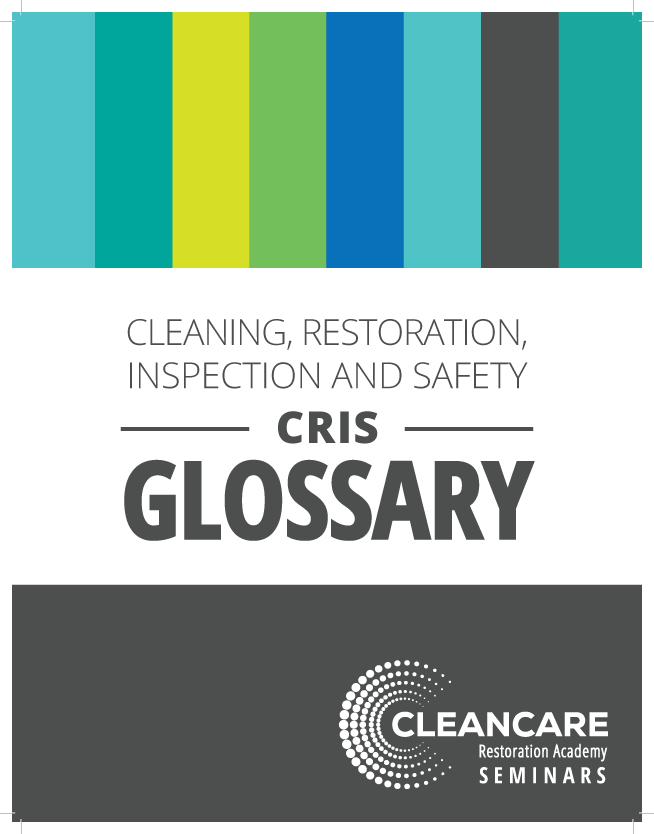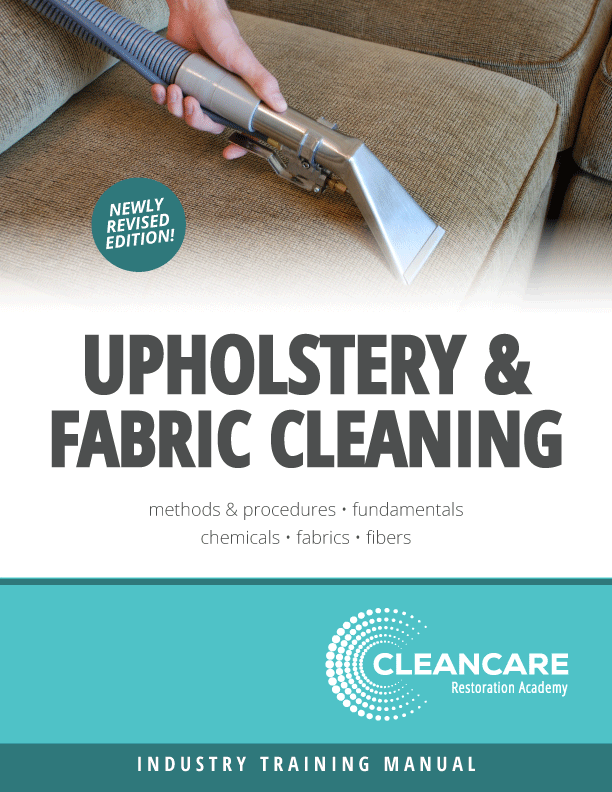Restoring Homes after Fires: Cleaning Without Packing Contents

Photo credit: Bryngelzon/E+ via Getty images.
As a restoration contractor, you understand the challenges involved in cleaning and restoring homes after a fire. Traditional methods often require packing and removing all contents from the affected area, which can be time-consuming and disruptive for homeowners. However, there is an alternative approach that focuses on cleaning without the need to pack contents if the environment and damage allows. We call this a clean-in-place.
Now not all jobs will allow this type of cleaning to be successful. It may be that you assess the job and the damage is too extreme or maybe the environment isn’t safe to work in. Sometimes if the structure is extremely full, or what I like to call a content-rich environment, then a full pack-out may be necessary. Also if there are structural repairs that need to be done like painting or flooring replacement, then again a pack-out maybe warranted.
Let’s talk about the process of restoring and decontaminating a structure and contents after a fire or smoke intrusion without packing anything out.
Safety First:
When dealing with fire restoration projects, prioritize the safety of yourself and your team. Ensure that the property has been deemed safe by the appropriate authorities before entering. Equip yourselves with protective gear such as gloves, masks, goggles, and Tyvek suits. Following safety protocols will inspire confidence in your clients and help you navigate the restoration process while keeping your team safe.
Assess the Damage:
Thoroughly evaluate and test the extent of the fire/smoke damage in each room using a chem sponge. Determine the level of contamination in each room and identify those that may require specialized attention. You will also be assessing whether or not the amount of contamination and environment will allow a successful clean-in-place. Some items may need to be sent out to a specialty contractor to handle, but for the most part your team will handle items onsite. This assessment will guide your restoration plan and determine the necessary tools, techniques and team training that will be necessary to get the job done with success and efficiency.
Environment and Air Quality:
Not all environments will be right for a clean-in-place. I like to set up my hydroxyl machine and HEPA Air Filters to effectively remove harmful particles and contaminants from the environment at least a day or two before I bring in my crew to start working. This will improve the air quality immensely and start the deodorizing process before my team arrives to start cleaning.
Setting up and Staging Your Cleaning Areas:
You can set up a containment in an area in the structure if you like or you can pick a room to decontaminate and use as your processing area for contents that you pull from other rooms to clean while the room they came from is being decontaminated awaiting their return.
Use portable tables to store all of your supplies on and to clean your contents on. Never put your supplies on the counter tops or floors in the structure as you can damage them. If I put items on the floor I put down plastic to catch any spills.
Soot and Smoke Residue Removal:
Begin by dry-cleaning surfaces using a HEPA vacuum cleaner. Carefully remove loose soot and residue from walls, ceilings, furniture, and other surfaces. Then use wall wash poles to wet clean the structure. Avoid excessive scrubbing, as it may cause further damage. Use dry cleaning sponges or chemical sponges to wipe away stubborn soot stains if needed. You will also want a mild degreaser solution for wet cleaning items as necessary.
Cleaning Walls and Ceilings:
Clean painted walls and ceilings using a wall wash solution mixed with 9D9 and poles with cotton heads. Test the solution on a small inconspicuous area before proceeding. Most of the time the goal is to be able to clean and not have to paint however sometimes painting will be needed as the wall wash can remove flat paint. Be cautious of over-saturation, as it can damage the walls. For textured surfaces, employ dry sponges or brushes to remove residue effectively.
Treating Fabrics, Upholstery, and Carpets:
You may need to call a professional carpet and upholstery cleaner for fabrics, upholstery, and carpets. You may be able to address mild damage in-house. Thoroughly vacuum the affected areas using an upholstery attachment.
Dealing with Odors:
Smoke odors can persist for a long time if the job isn’t cleaned and decontaminated thoroughly. I like to say the success on a clean-in-place is all about the QTips!
Seriously, you want to quality check all rooms once the structure is cleaned with QTips to ensure not even the tiniest nook and cranny was missed and is free of any contamination. Otherwise you could have odor return and an upset client on your hands.
I also swear by Hydroxyl. With the right Hydroxyl machine I can remove odor from just about anything. And Hydroxyl is safer than ozone and more effective on more items as well.
Collaboration and Communication:
Maintain open lines of communication with your clients throughout the restoration process. Ensure they understand the steps involved and the rationale behind cleaning without packing contents. Address any concerns they may have and provide regular updates on progress. Collaboration and effective communication will build trust and ensure a successful restoration outcome.
As a restoration contractor, cleaning homes after fires without packing contents can provide a less disruptive and more efficient approach. By prioritizing safety, assessing the damage, and following the outlined steps, you can deliver exceptional restoration services while preserving your clients' belongings. Empower your team with the knowledge and techniques required for these specialized cleaning methods, providing homeowners with a sense of relief and a smooth path towards recovery.
Looking for a reprint of this article?
From high-res PDFs to custom plaques, order your copy today!









